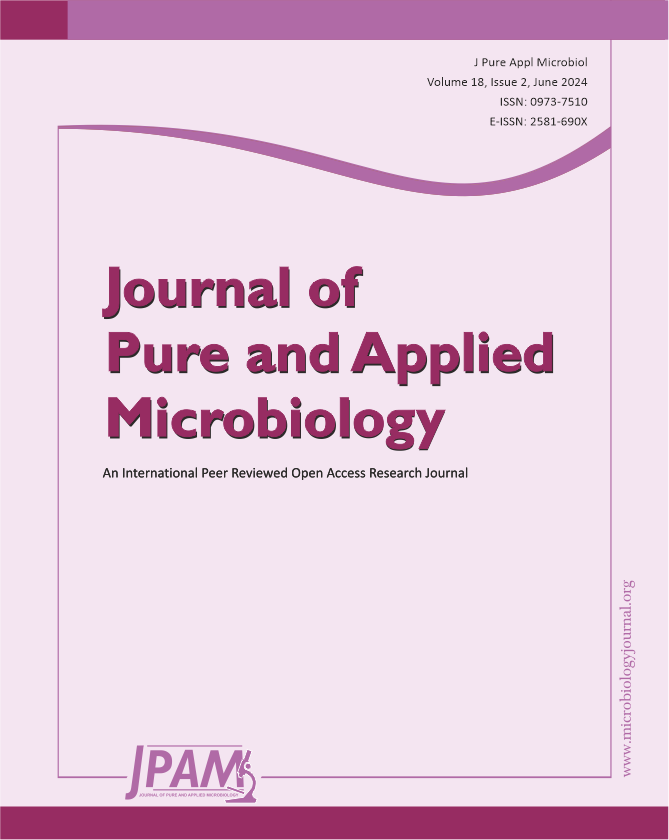Pseudomonas aeruginosa, a Gram-negative bacterium, presents a substantial challenge in healthcare due to its adaptability and resistance. This study delves into its genotypic characteristics, focusing on ESBL and MBL genes. The prevalence of P. aeruginosa in nosocomial infections, the research aims to decipher resistance mechanisms crucial for tailored interventions. The study includes 170 non-repetitive clinical samples with protocols. Antibiotic susceptibility testing reveals diverse resistance patterns. Molecular detection of ESBL and MBL genes involves DNA isolation, PCR amplification, and gel electrophoresis. The study examined 170 P. aeruginosa samples, revealing gender-specific variations with 65.91% male and 34.09% female isolates. Antimicrobial testing displayed resistance in Ceftazidime (59%) and Ciprofloxacin (48%), while Ticarcillin-clavulanic acid showed promising sensitivity (58%). Molecular identification unveiled diverse resistance genes across sample types, emphasizing genetic complexity. The study underscores the urgency for targeted therapeutic interventions and novel antimicrobial strategies against P. aeruginosa infections. As antimicrobial resistance complexities persist, this research guides efforts toward a profound understanding of clinical interventions and strategic antimicrobial management.
Pseudomonas aeruginosa, ESBL, Multidrug Resistance (MDR), Antimicrobial Resistance
© The Author(s) 2024. Open Access. This article is distributed under the terms of the Creative Commons Attribution 4.0 International License which permits unrestricted use, sharing, distribution, and reproduction in any medium, provided you give appropriate credit to the original author(s) and the source, provide a link to the Creative Commons license, and indicate if changes were made.


